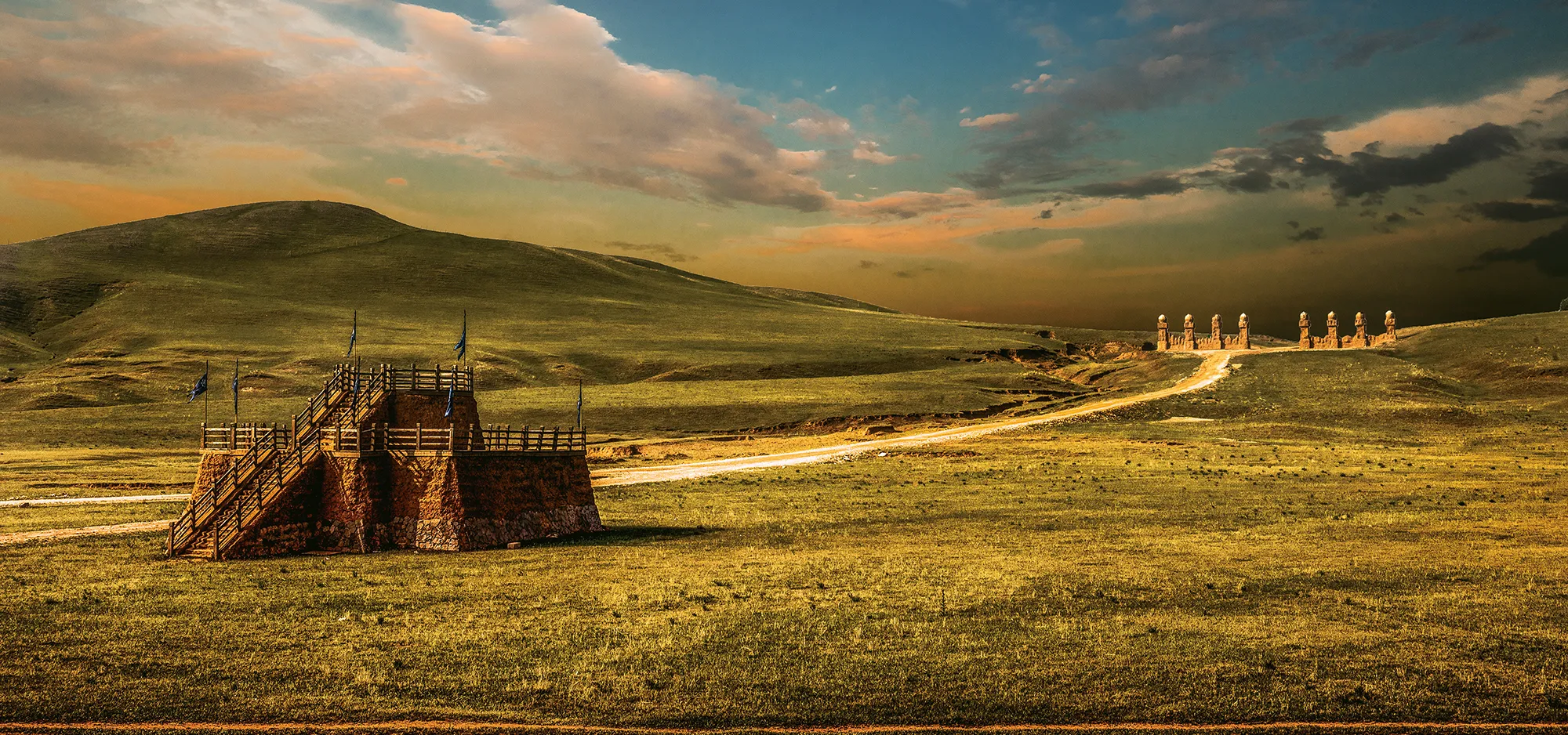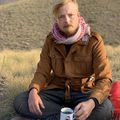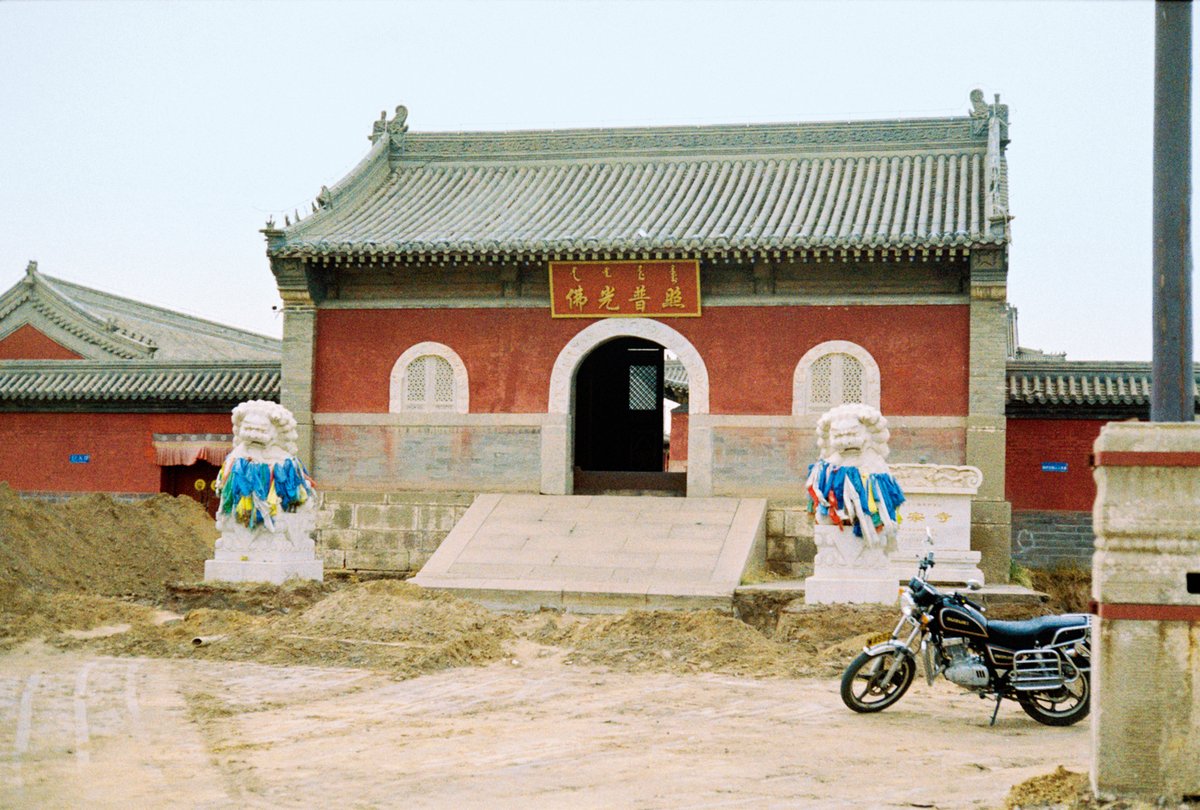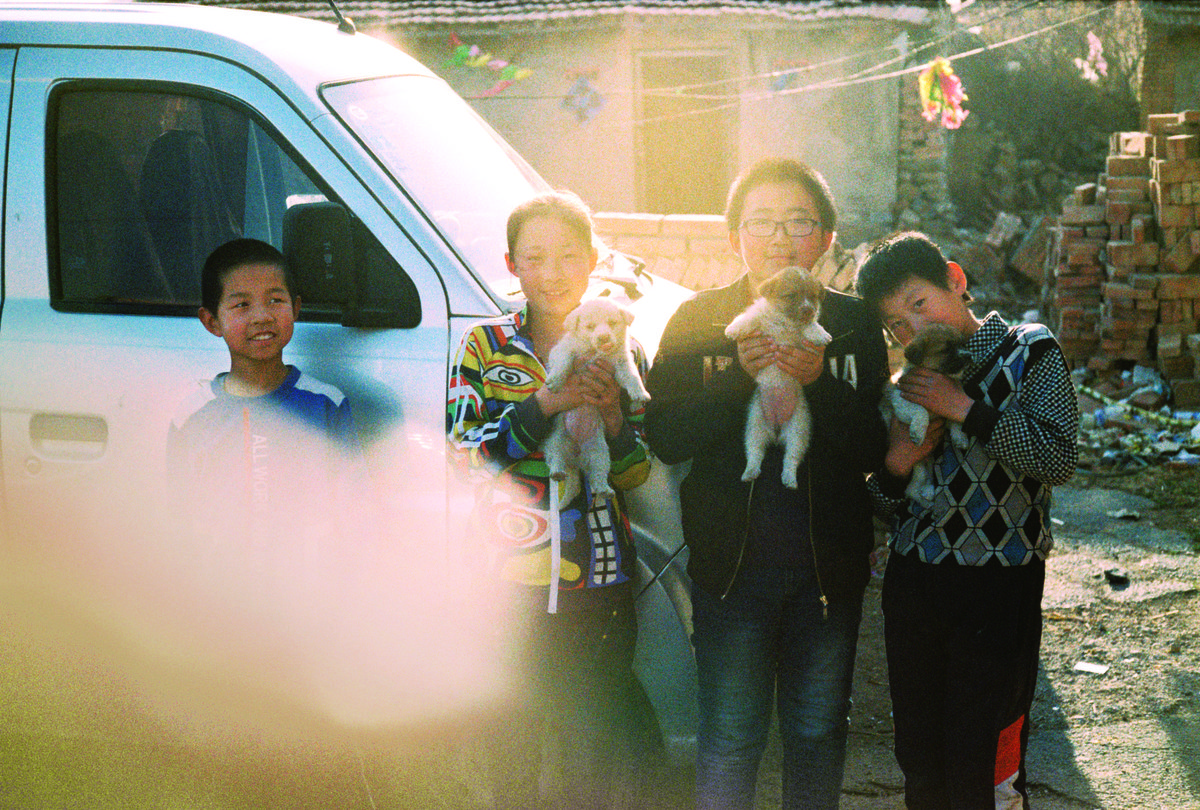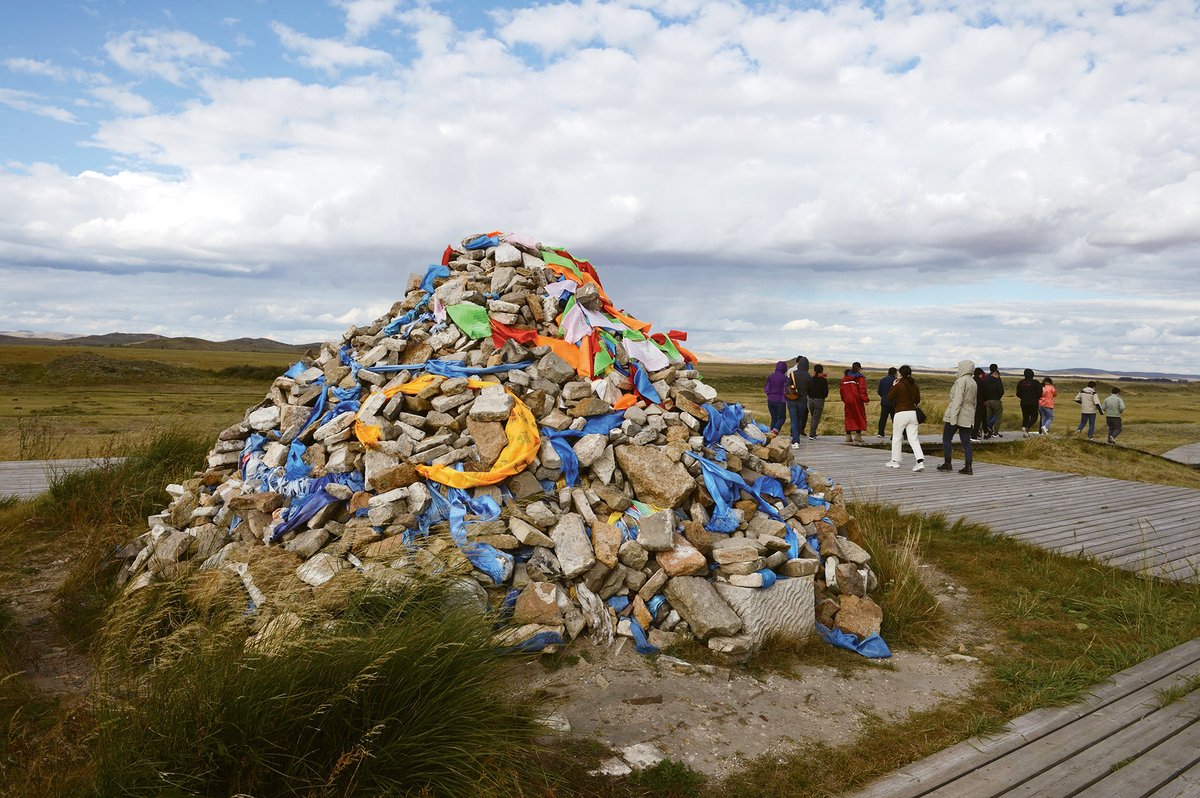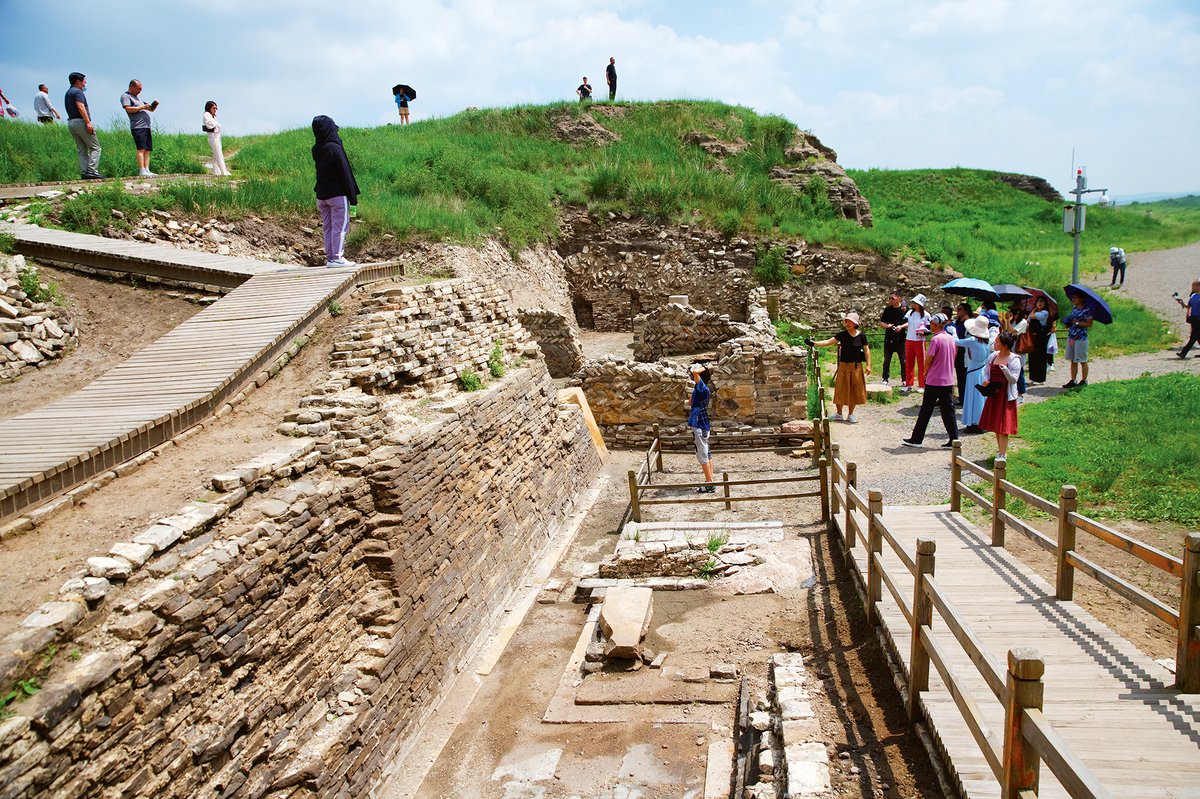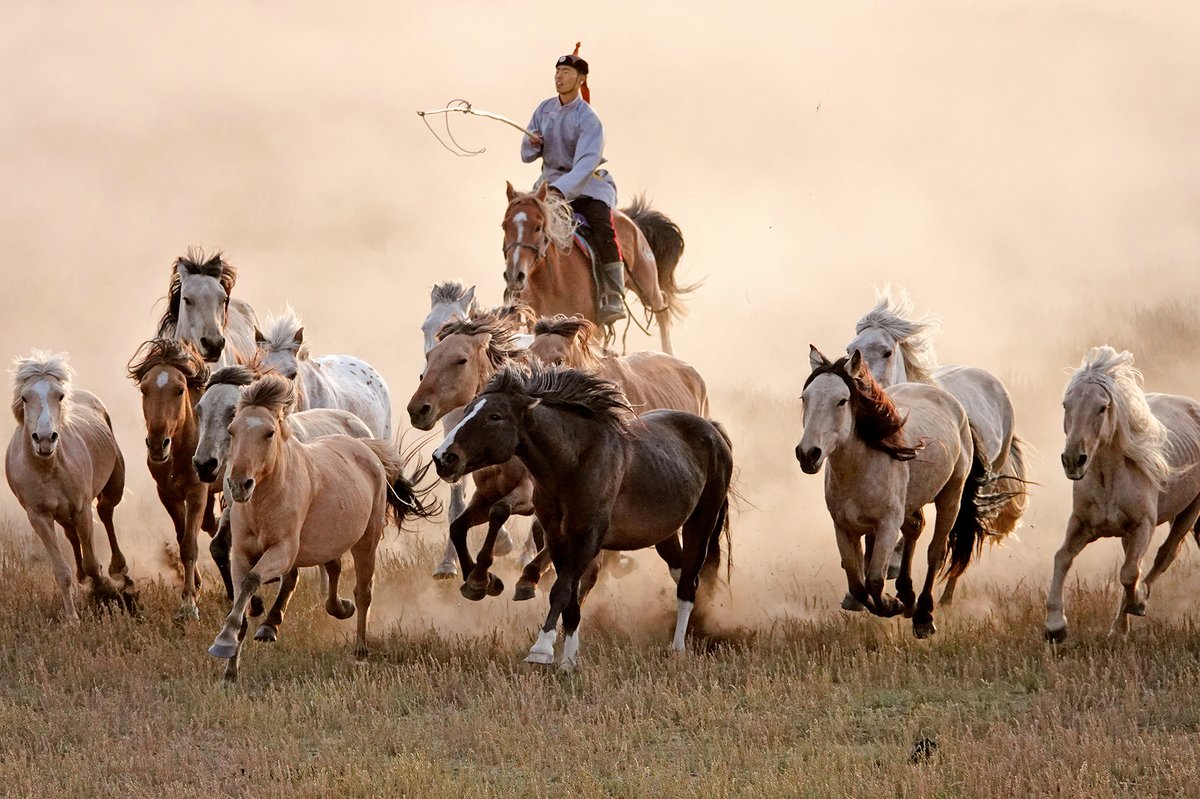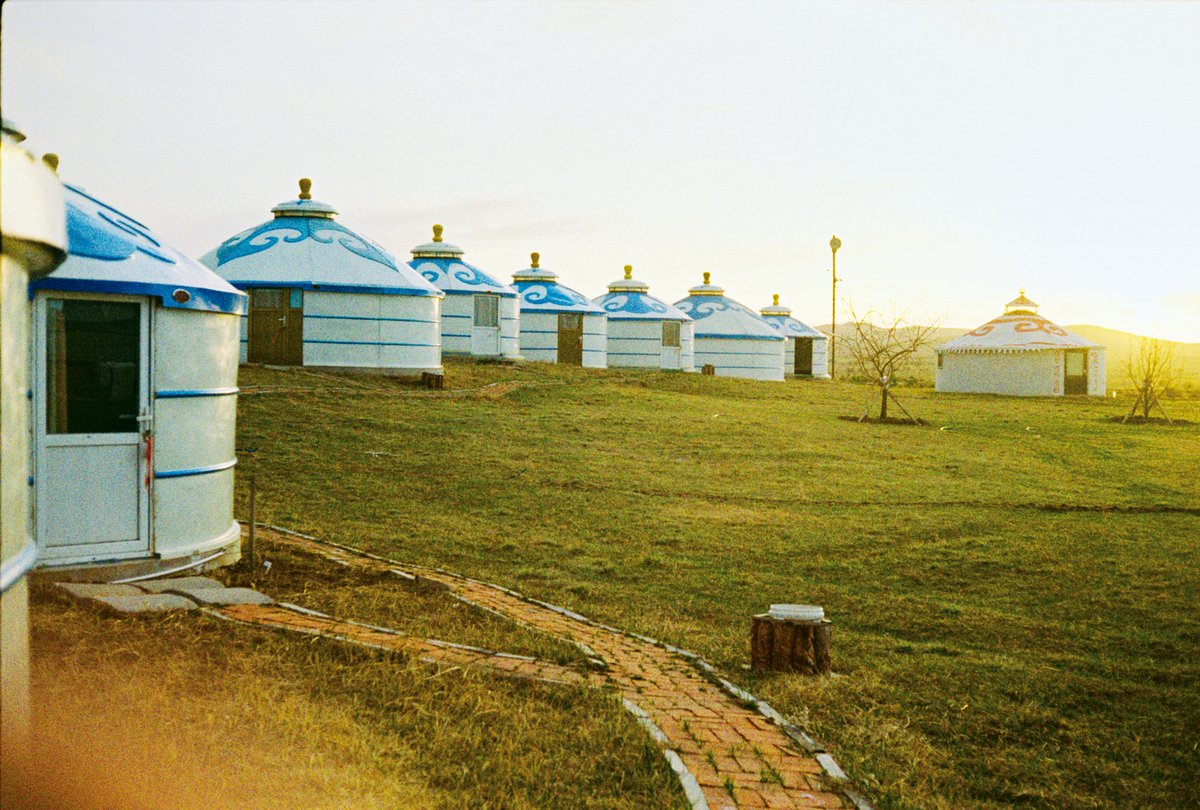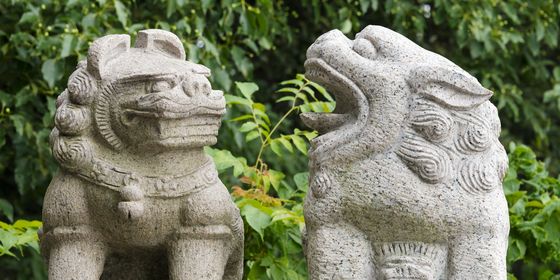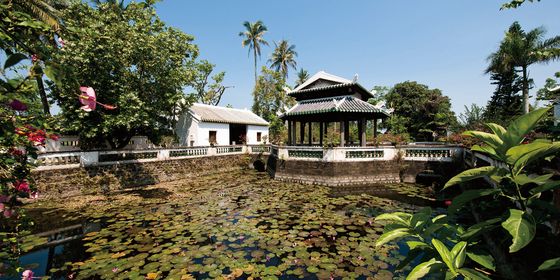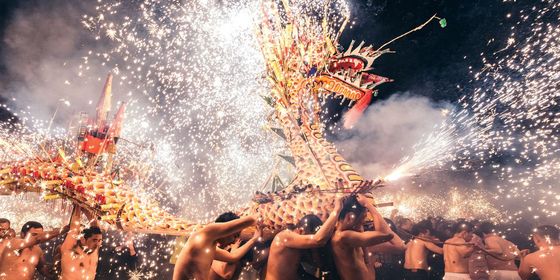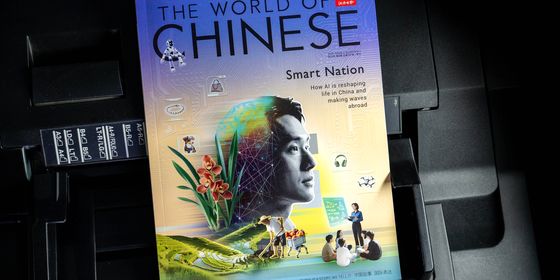Seeking the lost northern capital of the Mongol Yuan dynasty
“Yuan Shangdu was built just far enough to the north that a courier on horseback could ride there in a single day from Beijing,” Mr. Wang tells me. “I bet you could do it on your motorcycle in one day as well.”
Wang, 63, was a neighbor of mine when I resided in a courtyard home in downtown Beijing in 2018. Dressed always in a white pajama shirt and light blue silk pants, this avid late-life songbird-fancier was eager to tell me about the history of the Yuan dynasty, the Mongol empire that established their capital in Beijing—and built the first hutong, the historic alleyways of which Wang was a lifelong resident—while keeping their former seat in the north, Shangdu, as a secondary capital.
Wang’s flair for storytelling, though, might be better than his grasp of geography: between Beijing and the ruins of this “upper capital” in present-day Inner Mongolia lie 400 to 500 kilometers of mountain roads. A horse could not make it; even my trusty Suzuki GN 125cc might find it tough going for a day. Perhaps Wang was misled by the Chinese word for a fine steed: qianlima (千里马), “the horse that can travel 1,000 li”— roughly the distance between the two capitals.
“I think you should try it out, so we will know if you can do it on your black horse,” Wang laughed, undeterred by the distance on my behalf and pointing to the motorbike.
Toward the capital of the Khan
Wang’s talk of the former Mongol capital in the north stayed with me. I had recently applied for a registration for my motorbike, and attempting any long-distance adventures might be risky while it was still being processed. Still, I wanted to test out Wang’s theory and see for myself the great northern capital, which the Venetian merchant Marco Polo referred to as Xanadu in his memoirs of his travels in Asia.
Having lived in Beijing for a couple of years, I had started noticing the signs of the long-gone Mongolian Khanate, which ruled much of northern China between 1206 and 1368. It is still possible to find many clues and remnants from the Yuan dynasty metropolis designs in the modern Chinese capital, then known as Dadu or Khanbaliq, if you know where to look.
North of the Third Ring Road, a long stretch of earthen mounds is what remains of the northern walls of Khanbaliq, attesting to the grand scale of this world-class city visited by Marco Polo in 1266. Just south of the Beijing Film Academy, the ruins of a single gate that was a part of the city walls can be made out, criss-crossed front and back by ring roads and overpasses. Close to the lakes at Shichahai, marble sculptures of beasts and bridges that date back to the Yuan are some of the significant surviving structures that still remain from that era.
One morning in early spring, I bade farewell to Mr. Wang and ventured north through suburban Beijing. Before long, I found myself zipping through low green fields, lined by rows of newly green trees, as the mountains on the border with Hebei province drew close. I continued via the provincial “S” highway—the Chinese road system is indicated by the numbers preceded by the letters G, S, X, and Y, indicating their hierarchy starting from the biggest “national” or guodao (G) highways—which soon gave way to a district (X) road in crisp black asphalt with newly painted white stripes, leading me higher and higher into the mountains. The road did not seem much-travelled.
Just when the road snaked past a steep cliffside bend, I spotted an ominous looking checkpoint up ahead in the distance. My thoughts immediately wandered to the in-process motorbike registration. To turn back now would look even more suspicious.
“Lieutenant, it’s a foreigner!” one officer yelled from a police car, prompting three uniformed policemen to emerge from a small cabin for a gawk. “I don’t think we have had one up here before!” The senior officer, emerging with the other policemen, gestured with his hand for him to shut up.
“ID documents,” one of the young officers said without blinking. As he flicked through page after page of my passport. “How did you come to China?” the lieutenant then asked. I sensed a hint of curiosity in his voice.
“I rode the Trans-Siberian Railway from Moscow to Beijing,” I answered.
He looked up. “Now that is really something else,” he exclaimed, while the rest of the officers looked back and forth between us, trying to gauge how they should react. “And you came all the way here, just to ride the motorbike north to Yuan Shangdu? Now that is not easy. Not easy at all.”
“But what about the…” the young officer began, but the lieutenant lifted his hand again, cutting him off mid-sentence. “What an amazing trip,” he noted calmly, and let me pass.
The boom lifted and I crossed into Hebei, following the crisp Beijing road for about two kilometers before it turned abruptly into a potholed track of dirt and gravel of a local (Y) road. Did the Mongol couriers have to pass through such checkpoints too, I wondered?
Farmlands and bikers
As the Mongol Empire grew to become the largest territory in world history, communications between power centers became vital for effective government. This was no less important for the Yuan, one of the states that succeeded the Mongol Empire after its breakup. The northern roads between Khanbaliq and Shangdu remained at danger of marauding local bandits, at a time when Yuan forces were dispatched to wage wars elsewhere on the Eurasian landmass.
Genghis Khan had set up a messenger system, known as Örtö, around the year 1200, which quickly grew to span the entire Mongol empire. Örtö has since been referred to as a “Postal System,” because it employed a large network of postal stations, where couriers could rest and replenish stockpiles, before continuing their journeys to the corners of the empire. During the reign of Kublai Khan, Genghis Khan’s grandson and the Yuan’s founding emperor, the Örtö included China proper, and was also employed as a web of transfer stations for military regiments, as well as for officials and foreign ambassadors traveling the empire.
Marco Polo described the postal system during his travels to East Asia, and the network grew so vast that by the end of Kublai Khan’s rule there were more than 1,400 postal stations in China alone. They are estimated to have had at their disposal some 50,000 horses, 1,400 oxen, 6,700 mules, 400 carts, 6,000 boats, over 200 dogs, and 1,150 sheep.
Traveling the same route today, though, I had never seen such a stark contrast between two Chinese provinces before. The income disparity across the provincial border becomes painfully clear in the road conditions: new-asphalt-Beijing, potholed-Hebei. Now and then I chanced upon rugged roadside shrines, built with red bricks and painted gray, hosting small statues of Daoist gods and spirits of local folk religions. Incense was always burning slowly in honor of these deities.
I continued north and raced past villages in the mountains, as gray dust rose from the tracks behind me. Farmers were tilling the land in the early spring sun. Whenever I stopped to ask for directions, farmers would simply jab their index finger into the distance and stare after me with a perplexed gaze, as I sped off in the direction they had pointed.
“Russian?” asked one farmer wearing a straw hat, when I stopped. “American?” asked another. Surprisingly, a third one asked: “Japanese?” Perhaps Mongol couriers a millennia ago also had to face curious locals as they rode between the capitals—though as I was beginning to find out, they would have had time for nothing but riding if they were to make it according to Wang’s timeline.
The dirt road turned to asphalt as I reached a lower valley between the mountains, stopping in the town of Chicheng to drink iced tea and smoke Zhongnanhai cigarettes, while chatting up the local store clerk. I spent the night there—so much for completing the journey in one day.
Before setting out, the next day, I noticed that a small crowd of people were standing around my bike, seemingly in mid-debate. They were members of a recreational motorbike group, consisting of people from Beijing, Zhangjiakou, and Chengde who get together to take short- and long-distance trips in their free time. “This is yours, right?” a man, clad in leather and wearing a motorbike helmet, asked. He had overheard me talking about going to Shangdu in the store the previous day. “It is beautiful there, but will this motorbike be able to make it?”
After parting with them, I decided to take a shortcut between two Y roads—driving directly over the highlands into an adjacent valley.
The most beautiful (but rugged) road in Hebei
The road was much worse than expected. In fact, it didn’t even exist on the map. The dried yellow mud road revealed occasional crumbling tracks of oxen, but few of people or vehicles. One part rose dramatically, forcing me to get off the bike and push as I slowly walked beside it to ascend the Hebei hills.
As I descended on the other side, the valley turned into a picturesque scene of streaming creeks and fresh bright green blades of grass with cows and sheep munching lazily, only momentarily bothered as I drove by. There was a serenity about the whole scene that was a refreshing contrast to Beijing. I stopped, turned the key and the motor died. The waters in the creek chuckled away as the wind touched the tops of the new spring leaves on the trees along the banks.
I took stock of my position on my map. No Mongolian courier ever rode past here, I was sure. I was far off course in the north. If Wang could see me now, he would surely have a good laugh.
The path continued along the creek. More of a cattle trail than an actual road, it criss-crossed the stream, occasionally causing the motorbike to sink slightly into the riverbed, only narrowly avoiding getting stuck in the process. By the end of the creek, a large body of sand finally caused the motorbike to sink into the ground and I was nearly thrown forward over the handlebars.
“Do you need help?” a voice yelled at me out of nowhere. Fifty meters or so away, a man in a black Mercedes-Benz jeep was looking straight at me. I learned his name was Yuan Zhang and he was 36. He and a friend had driven to this part of Hebei to flex the muscles of their jeep and make a splash through the creek waters as they raced through the countryside.
“We can play by ourselves out here,” Yuan smiled. “Nobody can tell us how to drive and we are all alone.” They helped me drag the motorbike out of the sand, before we drove off, side by side, through the valley, parting as the cliffs gave way to the round hills of the grasslands.
The roads grew bigger—from X to S—and soon I was racing due north again. As night fell over the grasslands, I crossed the road into Inner Mongolia, where I pulled in at a truckstop motel, some 50 kilometers short of Shangdu. “I don’t know why you want to go there,” a truck driver from Zhangjiakou noted skeptically. He was a skinny guy, 28 years old, who was hauling coal from Datong in Shanxi province.
He handed out cigarettes and ordered bottles of baijiu liquor as soon as I sat down at a table in the motel lobby. “It’s just a bunch of ruins and rubble, you know that right? There’s nothing there,” he said as the cigarette smoke grew thicker. “They call it a city, but it’s more like a soccer field.” His remarks caused two other truckers to laugh. It did not bother me—being so close to my destination, I felt a rush of excitement about reaching Xanadu the following day.
The ruined capital
A hill overlooks the ruins of the former Yuan capital, which the court of Kublai Khan retained as a summer residence after they moved to Khanbaliq. Some say that the hill was made out of all the Mongolian weapons and armor that the Yuan forces lost after the fall of Shangdu and the Yuan dynasty, piled into a hill filled to honor the Khan. According to another legend, it is in fact a massive ovo, a sacred shrine in Mongolian culture consisting of stones piled on top of one another. They are often intertwined with blue and white prayer flags or other auspicious items, like candles and amulets placed within the mound. When encountering an ovo, you are supposed to walk around it clockwise, just as with stupas in Tibetan Buddhism.
Today, a red colored museum protrudes from the hillside, overlooking the grasslands and Shangdu. As I made my way down to the entrance of the city ruins, a rock carving of Kublai Khan and his warriors greeted me. So did the tourism administration employees: “50 kuai for the bus ticket.” I chose to walk into the site instead.
It had taken me three days to arrive. Mr. Wang will not be happy about this, I thought to myself.
At its peak it is estimated that more than 100,000 people lived within the walls of Shangdu. Dictating his memoirs in prison back in Venice, Marco Polo described his encounter with the city, which he is said to have reached in about 1275 en route to Beijing: “And when you have ridden three days from the city last mentioned, between northeast and north, you come to a city called Chandu, which was built by the Khan now reigning. There is at this place a very fine marble palace, the rooms of which are all gilt and painted with figures of men and beasts and birds, and with a variety of trees and flowers, all executed with such exquisite art that you regard them with delight and astonishment.”
Other accounts detail the inner workings of the Khan’s multiethnic court, such as that of the friar William of Rubruck, who visited Mongolia in May 1254. During his journey among the Mongols, the friar took part in a legendary theological debate the khan encouraged between Christians, Buddhists, and Muslims. The goal? Nothing short of determining which faith was correct, as decided by judges from each faith.
When the Yuan dynasty was toppled by the armies of the Ming, the city was burned down and finally destroyed in 1369. British eyewitness accounts from the 1800s noted that marble blocks, statues, and other relics could still be found in the ruins of the city. A century later, however, such artifacts were gone. Some are said to have been salvaged by inhabitants of the nearby town of Dolon Nor, who used the materials to construct their homes.
I crossed the bridge and entered the old city. It is hard to explain the feeling of walking around its ruins—a city that was almost the size of downtown Beijing, that has been all but erased from the face of the earth. Only the outlines of temples, granaries, barracks, and houses could be seen; the skeletal and silent remains that still bear witness to the mighty dynasty that once held sway over much of the Eurasian continent.
Carts of tourists ferried to and fro arrived at the main attraction at the center of the ruins: Kublai Khan’s Pavilion, or what is left of it. Only the stone foundations of the pavilion remain, elevated about ten meters above the rest of the area.
The palace itself was huge for its day, albeit “only” covering 40 percent of the area of the Forbidden City in Beijing. It has captured the imaginations of generations ever since. Perhaps the most famous stanzas written in English about the city begin:
In Xanadu did Kubla Khan
A stately pleasure dome decree
Where Alph, the sacred river, ran
Through caverns measureless to man
Down to a sunless sea.
Written by the British poet Samuel Taylor Coleridge in 1797, “Kubla Khan” popularized the name Xanadu in the English-speaking world. Historical accounts say that from the platform that held the great pavilion overlooking Shangdu, visitors could have gazed directly at the urban splendor and magnificence of the Mongol dynasty, about which Coleridge’s poem continues:
So twice five miles of fertile ground
With walls and towers were girdled round;
And there were gardens bright with sinuous rills,
Where blossomed many an incense-bearing tree;
And here were forests ancient as the hills,
Enfolding sunny spots of greenery.
The verses read more like children’s rhymes, where the strangeness and exotic imagination of an empire far away is accentuated. Coleridge claimed to have fallen asleep while he was reading an account about Xanadu one day, and the poem came to him in an opium-infused dream. The word Xanadu became a pop cultural reference in America and Europe, referring to something flagrantly exotic, imposing, and of imperial dimensions. The 1941 film Citizen Kane gave further credence to this name in the anglophone world: The protagonist builds a pleasure palace, and in an overt reference to history, names his extravagant complex Xanadu.
Before departing the palace ruins, I laid a prayer flag at the ovo on top of the central platform of Shangdu, then took a couple of pictures as proof for Mr. Wang.
The new forest
I continued east over the grasslands to Duolun, a county whose major claim to fame is that the Kangxi Emperor, the Manchu ruler of the multi-ethnic Qing empire from 1662 to 1722, stopped here on one of his inspections of the northern frontiers. The emperor organized a congress of the Mongolian rulers in his realm in Duolun in 1691, at which the khans formally declared allegiance to him.
As I turned south, heading back to Beijing, the grasslands soon turned into forests. From 2017 onwards, Chinese forestry officials unveiled plans to plant thousands of trees in order to combat climate change and reduce sandstorms in the region. The forest I had just entered had been largely planted by soldiers. By 2021, the national forestry bureau estimated that 36,000 square kilometers of new forest would be planted every year in different parts of China—more than the total area of Belgium.
On the other side of the barrier, the woods soon gave way to the valleys and villages of Hebei as the steppe descended into lowlands. Before long, I made my way back to Beijing again.
When I arrived back in the hutong courtyard, Mr. Wang was incredulous. “Did it really take you three days to go there by motorbike?” He shook his head. “That’s really too long.”
I told Wang about the police officers in the mountains. “They probably did not want to cause trouble, but I am sure they were impressed by you and the stories you told them,” he said. “Just imagine, you’re just out of training and you’re sitting up there alone all day and then a foreigner comes along—what a treat!”
He grabbed a metal stick with both hands to hang up one of his bamboo birdcages on a branch of the tree in the middle of the courtyard. He paused for a moment, and noted: “Maybe Yuan horses were faster than your motorbike.”
Wild Ride to Xanadu is a story from our issue, “Promised Land.” To read the entire issue, become a subscriber and receive the full magazine.





